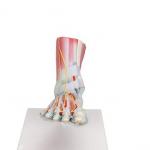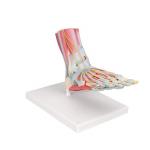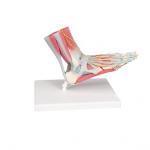Artsy Vertebral Column With Pelvis and Femur Heads – Life-Size 85 CM Spinal Teaching Model
The human spine is a marvel of alignment, articulation, and neural integration—and the Artsy 85 CM Vertebral Column Model brings this complexity to life with anatomical precision. Extending from the base of the skull to the tips of the femur heads, this life-size, full-length model is designed to teach, demonstrate, and visualize the entire spinal structure in an educational or clinical setting.
Featuring all 24 vertebrae—cervical, thoracic, and lumbar—plus the sacrum, coccyx, pelvis, and bilateral femur heads, this model includes critical anatomical markers such as:
A herniated lumbar disc
Clearly painted spinal nerve roots
The vertebral artery path
Intervertebral notches and foramina
At 85 cm in height, the model is mounted on a durable metal stand with a tripod base and top hook for easy 360° viewing. It’s an ideal asset for MBBS and BPT classrooms, physiotherapy rounds, OPD demonstrations, or chiropractic sessions.
“We introduced this model in our ortho OPD at ESIC Medical College, Hyderabad. It’s been incredibly useful in showing disc herniation and nerve root pressure to patients.” – Dr. Mansi Tripathi, Ortho Consultant
If you're preparing students for neuroanatomy exams, helping patients understand spinal issues, or training interns on postural mechanics, this model turns concepts into confident communication.
🧠 From C1 to Coccyx – Full-Spine Clarity
The Artsy Vertebral Column Model offers a high-resolution look at the entire axial skeleton, including:
Cervical vertebrae (C1–C7) – with atlas, axis, and odontoid process
Thoracic & lumbar vertebrae – spaced and shaped to reflect spinal curvature
Sacrum & coccyx – fused segments mounted securely to the pelvis
Pelvic girdle with femur heads – for demonstrating spinal load distribution
Additional features include:
Yellow spinal nerves emerging clearly between vertebrae
Herniated disc representation in the lumbar region
Vertebral artery passage through the cervical spine
Visible vertebral notches and intervertebral foramina
Whether you're teaching spinal curvature, diagnosing nerve impingement, or conducting hands-on practice, this model provides a comprehensive anatomical reference that enhances both learning and patient trust.
👨⚕️ Ideal For:
Physiotherapy & MBBS classrooms – full-spine orientation and palpation practice
Chiropractic & osteopathic clinics – structural demonstration for diagnosis
Orthopedic OPDs – patient-friendly tool to explain disc prolapse or sciatic pain
Neuroscience and radiology labs – understanding spinal cord and tract alignment
The reinforced PVC construction ensures durability during frequent handling, while the tripod metal base offers unmatched stability during presentations or exams.
“Our BPT batch at DY Patil University, Navi Mumbai found this model perfect for palpation practice and understanding spinal curvature patterns.” – Dr. Ritu Sinha, Lecturer, Department of Anatomy
🔬 See the Spine as a Functional System
The Artsy Vertebral Column Model is more than a teaching prop—it’s an interactive, practical tool that helps connect symptoms to spinal mechanics:
Cervical misalignment → nerve compression
Lumbar disc herniation → leg pain
Postural deviations → spinal loading patterns
By demonstrating these connections, educators and clinicians build stronger engagement with students and patients alike.
“We’ve been using this model daily in our neuro lab at AIIMS Raipur. It’s helped hundreds of students better understand spinal tract orientation and vertebral landmarks.” – Dr. Sameer Nanda, Professor of Anatomy
📦 Summary of Features:
Life-size (85 cm) full spinal column with pelvis and femur heads
Includes herniated disc, nerve roots, arterial pathways, and vertebral notches
Tripod metal stand for stability and 360° visibility
Made from high-density, non-toxic PVC
Trusted by leading medical colleges, BPT programs, and OPDs across India
📚 Turn Knowledge Into Visualization
Whether you’re delivering a lecture on spinal curvature or guiding a patient through disc-related symptoms, the Artsy Vertebral Column With Pelvis Model gives you a clear, tactile, and durable resource for teaching and communication.
It’s not just a model—it’s a spinal education platform built for serious learning environments.
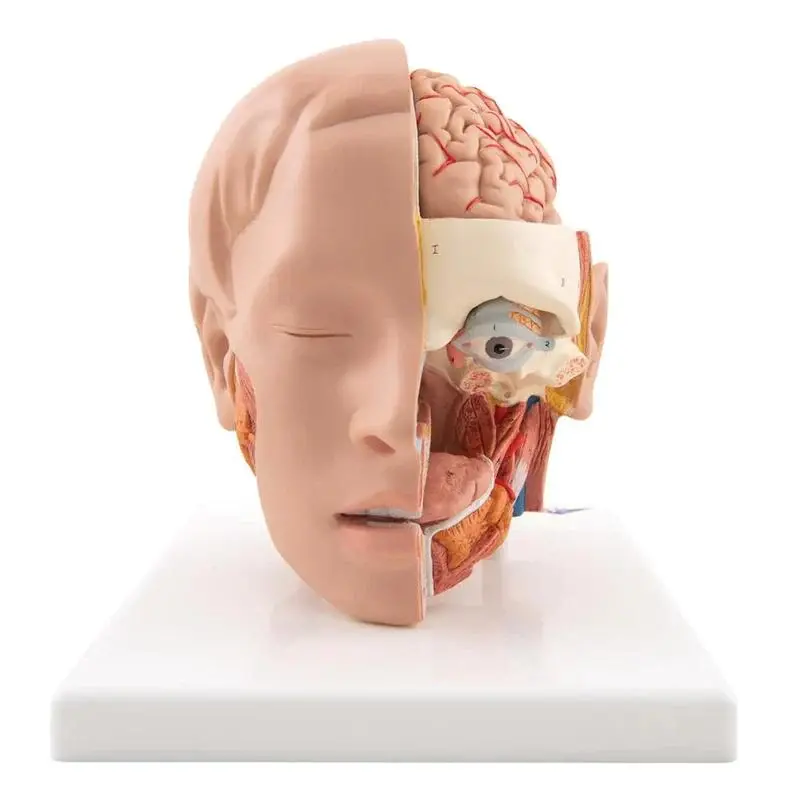 Anatomy Models
Anatomy Models
 Ayurveda Models
Ayurveda Models
 Charts
Charts
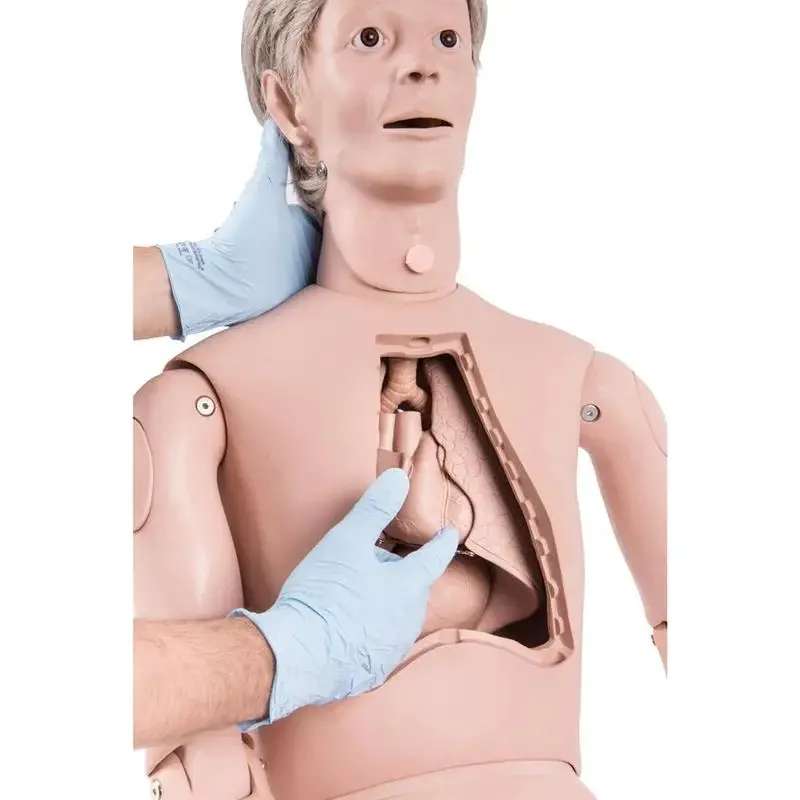 Medical Simulators
Medical Simulators
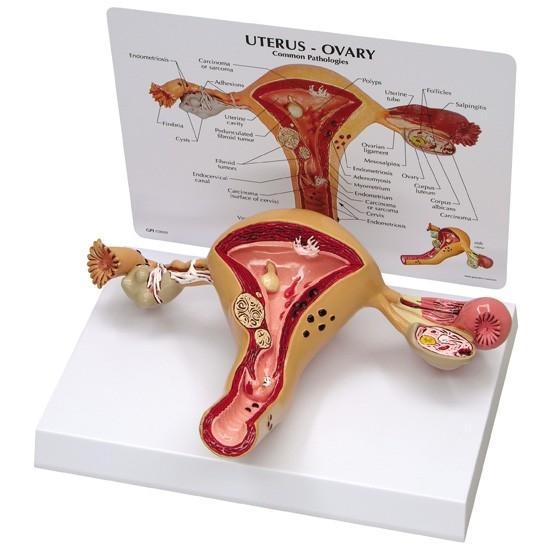 Women's Health Education
Women's Health Education
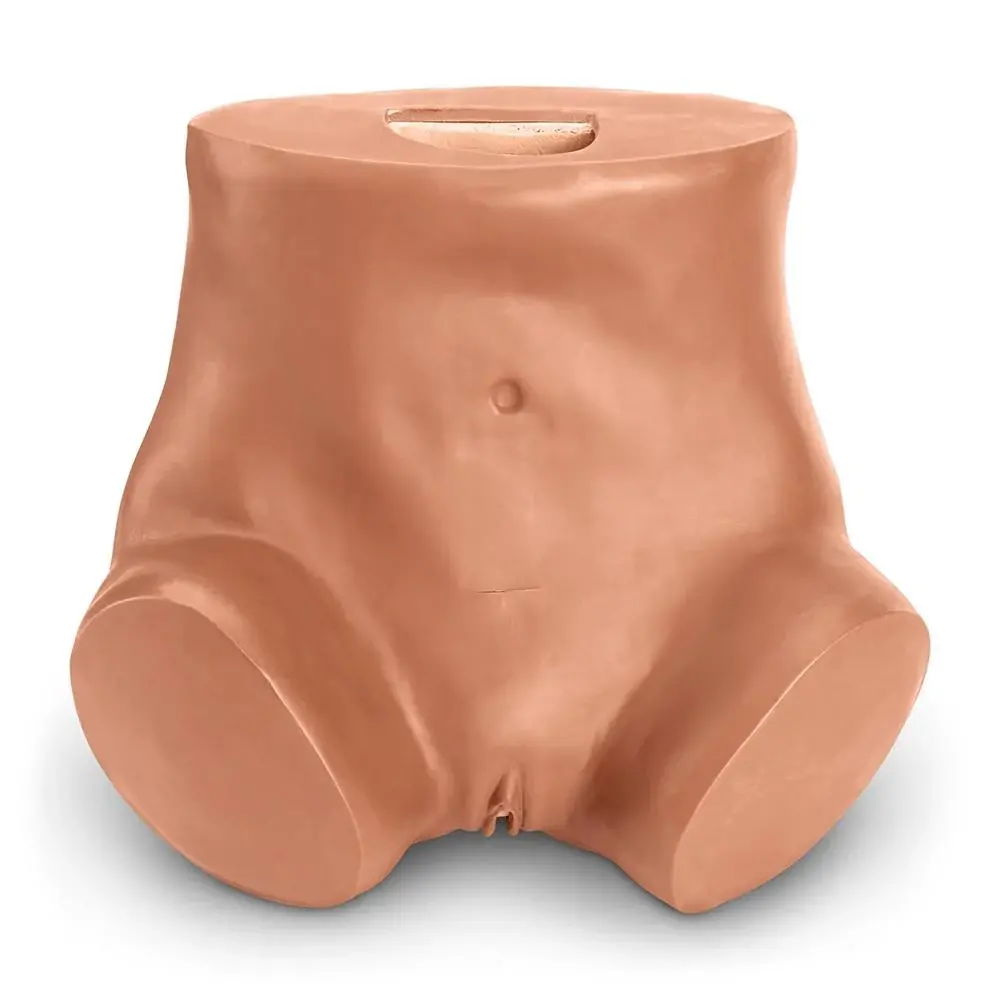 OB/GYN Trainers
OB/GYN Trainers
 Baby Care Simulators
Baby Care Simulators
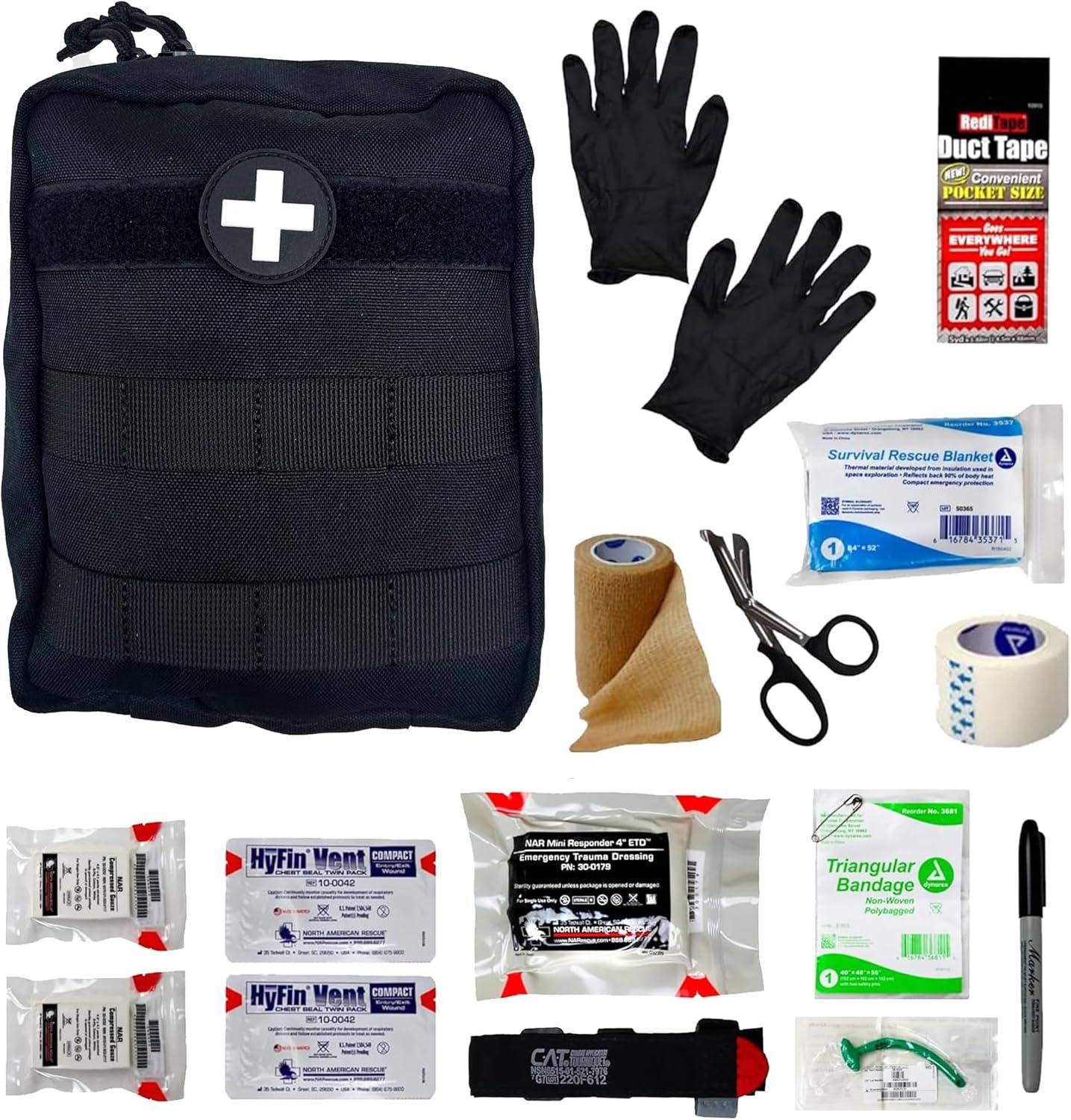 Medical/Emergency Rescue kit
Medical/Emergency Rescue kit
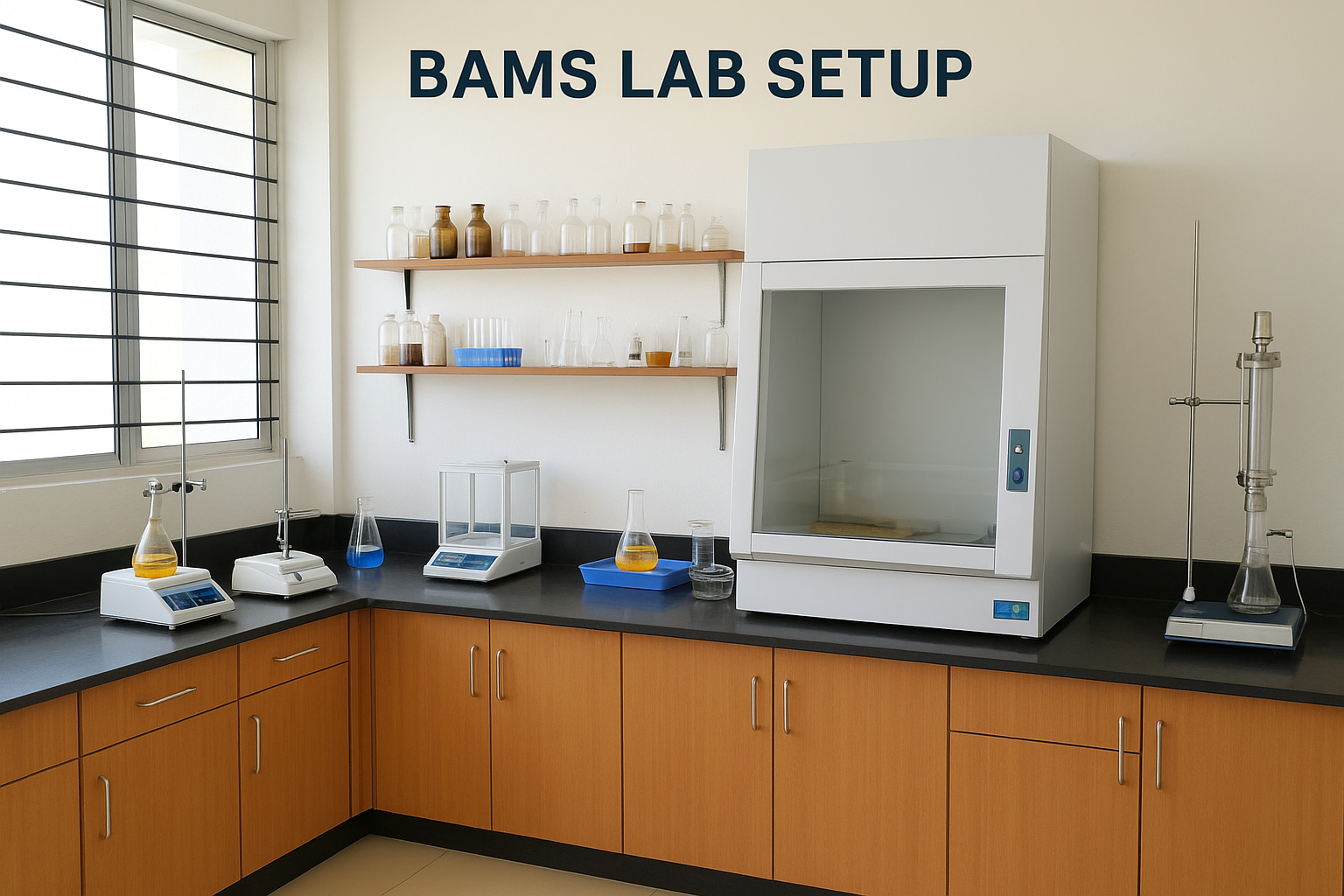 BAMS Lab Setup
BAMS Lab Setup



